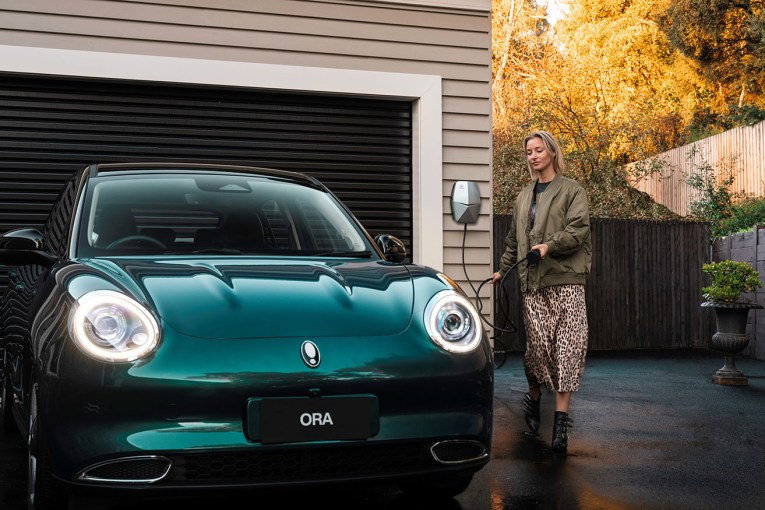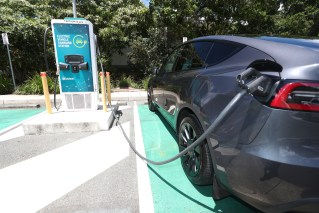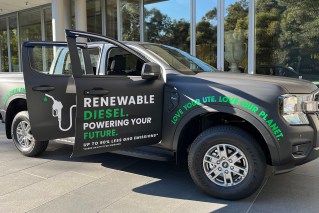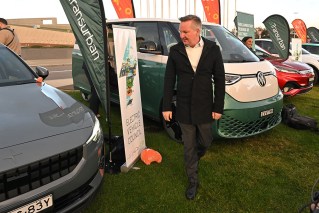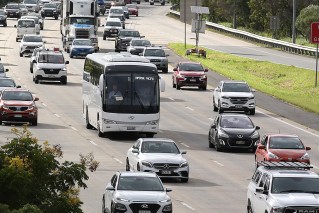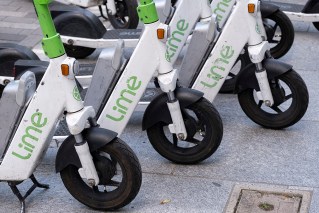Almost 100 people have been injured and more than 50 fires started by electric bikes, e-scooters, e-skateboards and hoverboards in less than three months, according to figures from an Australian research group.
EV FireSafe, which monitors electric vehicle risks, released the data on Tuesday after an e-bike explosion in NSW forced one man to jump from a second-storey window to escape a blaze that started in his garage.
And experts predicted battery fires and explosions from lightweight electric vehicles would “get a lot worse” unless new regulations and training was introduced to govern use and sale.
EV FireSafe chief executive Emma Sutcliffe said the group had verified 57 serious incidents caused by micro-mobility vehicles since January, injuring 97 people and causing eight deaths worldwide.
Thirteen incidents had been verified in Australia in 2023, she said, in which 13 people were injured.
“We’ve had (a fire) every day in March, globally,” Ms Sutcliffe said.
While the group was established to advise on electric car risks, Ms Sutcliffe said electric bikes and scooters had proven to be a much bigger safety risk as their batteries were not subject to the same design rules, lacked important safety features, and were more prone to damage.
“Light electric vehicles are coming to market very quickly, they’re typically drop-shipped out of countries like China, they’re making battery cells that are very poor quality, and they’re combining that with a very poor quality battery-management system,” she said.
“That means when that battery pack is charging or discharging, the battery-management system is not able to stabilise the pack from a thermal perspective.”
UNSW Sydney associate professor Matthew Priestley said these fires were particularly dangerous as they occurred suddenly, were difficult to extinguish, and created toxic vapour.
Dr Priestley, who is designing a lithium-ion battery training course for tradespeople, said Australia urgently needed new rules governing the importation, approval and use of the batteries, as well as how they should be stored or recycled.
“As with any new technology, it’s always hard for regulation to catch up to it but there’s a real need for that catch-up because we run the risk of more of these accidents happening,” he said.
“People aren’t aware of what kind of charger you can use, for example, and they might go and buy a cheaper one or borrow someone else’s. No one really understands how dangerous that activity is.”
Electric bikes, scooter and skateboards should be charged outside homes where possible, and using an original charger, Dr Priestley said.
Users should also ensure they only charged vehicles for as long as necessary, avoided leaving them plugged in overnight, and replaced batteries if damaged or wet.
Ms Sutcliffe said more than 40 million light electric vehicles were expected to be sold around the world in 2023, underlining the need for swift action.
“It’s going to get a lot worse before it gets better,” she said.
“We’ve got a massive problem coming and firefighters are underprepared because the technology has leapfrogged our knowledge, not just here in Australia.”
The Australian Competition and Consumer Commission released an issues paper into lithium-ion battery risks in December, with a report expected later this year.
— AAP
